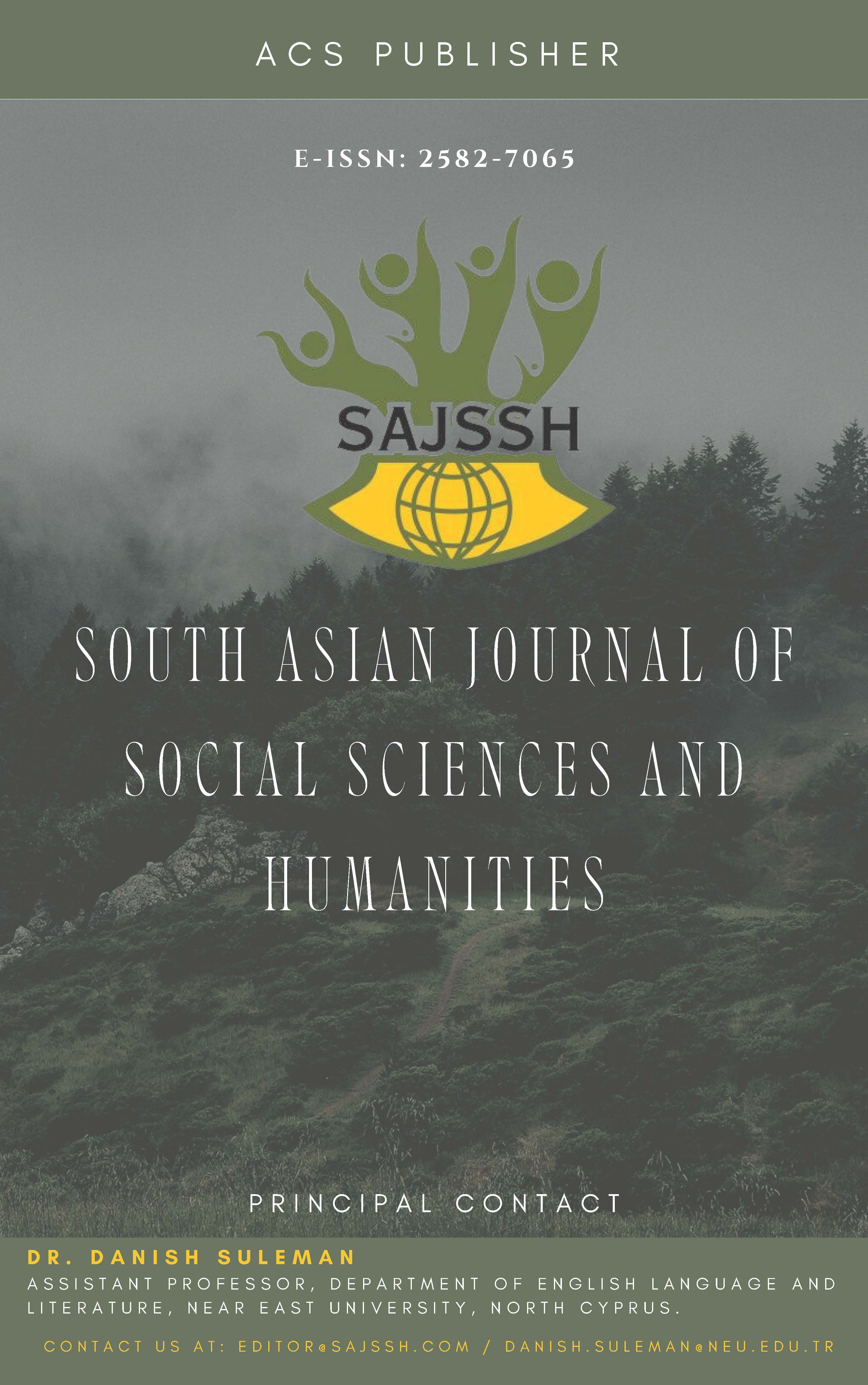The Impact of COVID-19 on Stock Market Performance: Evidence from the Dhaka Stock Exchange Indices
DOI:
https://doi.org/10.48165/sajssh.2024.6411Keywords:
COVID-19, DSEX, DSES, DS30, VolatilityAbstract
The COVID-19 pandemic sent shockwaves through capital markets worldwide, and the Dhaka Stock Exchange (DSE) was no exception. This research paper examines the impact of COVID 19 on three of the key indices in the DSE, such as the Broad Index (DSEX), the Sharia Index (DSES), and the blue-chip index (DS30). Exploiting daily price data from January 2015 to December 2021, respectively, and fitting the GJR-GARCH (1,1) model, the paper investigates the effects of the pandemic on market volatility and returns in the special circumstances of the capital market of Bangladesh. Results indicate that (i) the COVID-19 outbreak witnessed a great surge in volatility in all three indices, (ii) DSEX had to witness the highest volatility, and DS30 had the lowest potent impact of volatility, and (iii) there was a positive association between COVID-19 and market returns within the sample period. The heightened volatility may be attributed to pre-existing struggles in the DSE, the initial panic caused by the outbreak, and the subsequent policy responses. Conversely, immediate policy interventions—such as the introduction of floor prices and circuit breakers—appear to have contributed to positive returns. In order to lessen the effects of financial shocks, the study emphasizes the significance of spreading good news and putting in place prompt market-stabilizing measures.
References
Al-Barashdi, H., Bouazza, A., & Jabur, N. (2015). Smartphone addiction among university undergraduates: A literature review. Journal of Scientific Research and Reports, 4, 210–225. https://doi.org/10.9734/JSRR/2015/12245
Das, P., Saraswathy, K. N., & Chaudhary, V. (2024). Prevalence of smartphone addiction and its relationship with obesity among young adults: A cross-sectional study from Delhi, India. Indian Journal of Community Medicine, 49(3), 544–548. https://doi.org/10.4103/ijcm.ijcm_288_23
Choi, S. W., Kim, D. J., Choi, J. S., Ahn, H., Choi, E. J., Song, W. Y., & Youn, H. (2015). Comparison of risk and protective factors associated with smartphone addiction and internet addiction. Journal of Behavioral Addictions, 4(4), 308–314.
Elhai, J. D., Dvorak, R. D., Levine, J. C., & Hall, B. J. (2017). Problematic smartphone use: A conceptual overview and systematic review of relations with anxiety and depression psychopathology. Journal of Affective Disorders, 207, 251–259.
Hope, D. (2010). iPhone addictive, survey reveals. Live Science. http://www.livescience.com/6175-iphone-addictive-survey-reveals.html
Kuss, D., Griffiths, M., Karila, L., & Billieux, J. (2014). Internet addiction: A systematic review of epidemiological research for the last decade. Current Pharmaceutical Design, 20, 4026–4052. https://doi.org/10.2174/13816128113199990617
Lane, H. Y., Chang, C. J., Huang, C. L., & Chang, Y. H. (2021). An investigation into smartphone addiction with personality and sleep quality among university students. International Journal of Environmental Research and Public Health, 18(14), 7588. https://doi.org/10.3390/ijerph18147588
Rush, S. (2011). Problematic use of smartphones in the workplace: An introductory study (Honours thesis). Central Queensland University, Rockhampton. http://hdl.cqu.edu.au/10018/914191
Sohn, S. Y., Rees, P., Wildridge, B., Kalk, N. J., & Carter, B. (2019). Prevalence of problematic smartphone usage and associated mental health outcomes amongst children and young people: A systematic review, meta-analysis and GRADE of the evidence. BMC Psychiatry, 19(1), 356. https://doi.org/10.1186/s12888-019-2350-x
Young, J. Q., Van Merrienboer, J., Durning, S., & Ten Cate, O. (2014). Cognitive load theory: Implications for medical education: AMEE Guide No. 86. Medical Teacher, 36(5), 371–384. https://doi.org/10.3109/0142159X.2014.889290
Ting, C. H., & Chen, Y. Y. (2020). Smartphone addiction. In C. A. Essau & P. H. Delfabbro (Eds.), Adolescent addiction (2nd ed., pp. 215–240). Academic Press.
Downloads
Published
Issue
Section
License
Copyright (c) 2025 South Asian Journal of Social Sciences and Humanities

This work is licensed under a Creative Commons Attribution 4.0 International License.





